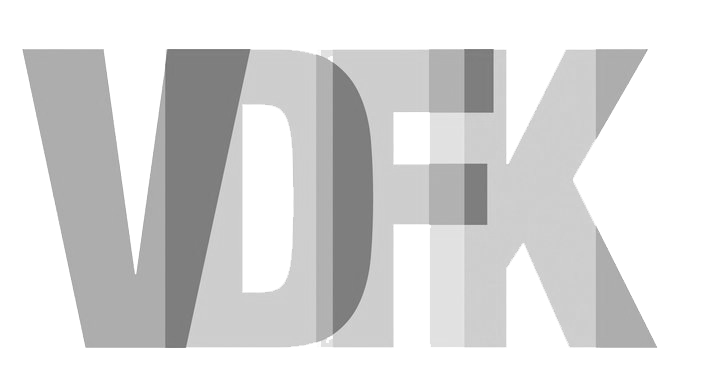Blog #1/21 Actions and Consequences
By Wilfred Okiche
Coherent Action, Incoherent Cinema is the rather chaotic theme of the Berlin Critics’ Week 2021 conference.
And why not?
Shortly after last year’s joyfully physical event, the whole world was plunged into the abyss of the coronavirus pandemic. The Critics’ Week team has adapted nimbly by reimagining the 2021 event as a virtual one, with international guests tuning in from the United States or Brazil, and, thanks to technology, engaging with folks in Germany.
The first day certainly lived up to the title, with Dennis Vetter moderating a panel that included three Germans (scholar Juliane Rebentisch, writer-cum-filmmaker Merle Kröger, audiovisual artist Philip Scheffner) and Brazilian film critic Victor Guimarães.
The panelists attempted, in their different ways, to break down “autonomy” in art and criticism, deconstructing what this means to them as professionals and as human beings consuming art. The discussion occasionally veered towards the metaphysical – no surprise considering the pedigree of the panelists plus Vetter’s deliberately abstract probing – but what is film if not an abstract construct?
Tangible yet intangible, subjective yet objective, transparent yet ultimately opaque. Film takes many conflicting forms at once. Appreciating the work of art is a primal and lifelong engagement, and taking away the autonomy of the criticism from the original work of art is near impossible. The heady keynote address by the legendary American academic and critic B. Ruby Rich no doubt set the tone for how the rest of the day would play out.
The role of art is to provoke or inspire some kind of response, and Guimarães sees criticism as a reactive process that helps make the film even more vital, thus living on in time and space. It would therefore be unwise to separate it from the original inspiration. Kröger and Scheffner, who shared the same physical space during the panel, seemed to agree on the level of form.
Film, for them, should not just dictate to the audience how to feel and what to do. Films that interest them should maintain some sort of aesthetic autonomy, leave the audience or the spectator open to constantly question the idea of what appears on screen. That way all parties – filmmaker, film, and audience – maintain the all-important autonomy that makes cinema more enriching and useful to the world.
Rebentisch traced the relationship between art criticism and theory, addressing the openness of a work of art or objectivity. These observations were evident in the two shorts that were screened later in the day. Both Ears, Nose and Throat (2016) by Kevin Jerome Everson and Alone (2017) by Garrett Bradley have the similarities that bind them on socio-political level. Made by African-American authors grappling with their culture and unique experience via the medium of cinema, the films are also a veritable slice of the primary interests of the gifted directors behind them.
A Black woman on a visit to her ENT surgeon for an extensive clinical examination narrates a chilling story, one that is as common as it is tragic, especially for people of colour. Her story involves Black-on-Black crime, gun violence, and the threat of police brutality hanging in the air. Everson, who revealed in the succeeding panel with Bradley (moderated by Berlin Critics’ Week programmer Devika Girish) that the film was inspired by the murder of his young adult son, has a way of saying plenty with little. The direct source of the damage to the protagonist’s vocal cords that necessitated the hospital visit is not explicitly stated, but one can certainly make personal inferences.
A similar experience materialises with Bradley’s Alone. Years before her critically acclaimed film Time (2020) debuted at Sundance, Bradley had been tracking the traumatic effects of the prison-industrial system on Black lives. In Alone, a woman decides to go along with the decision to marry a partner who is awaiting trial in a private prison and proposes to her. Her family is none too pleased, but even this external conflict is not as troubling for her as the one she has with herself, self-consciously doubting and second-guessing her intentions.
“This conversation can be incoherent,” Girish encourages her panelists, as they seemed to struggle to express themselves in the context of the event’s theme. With this in mind, they appeared to relax gradually into the heartfelt yet loose discussion that followed with Everson maintaining a propensity for trailing off.
Does the coherent film make the viewer passive? And how can filmmakers put more trust in their audience to help them claim their autonomy? For Everson, practical tips include losing the first half and doing away with establishment shots. Bradley seemed to be intrigued by this idea, even as she stressed that the subjects and collaborators of her films tend to guide the flow and the form of her work. By focusing on specific aspects of their respective cultures and highlighting injustices that are an ongoing companion of Black existence, both filmmakers find a coherence that unites their work. Just don’t expect them to spell it all out for you.
A video of the first conference day can be found here.

